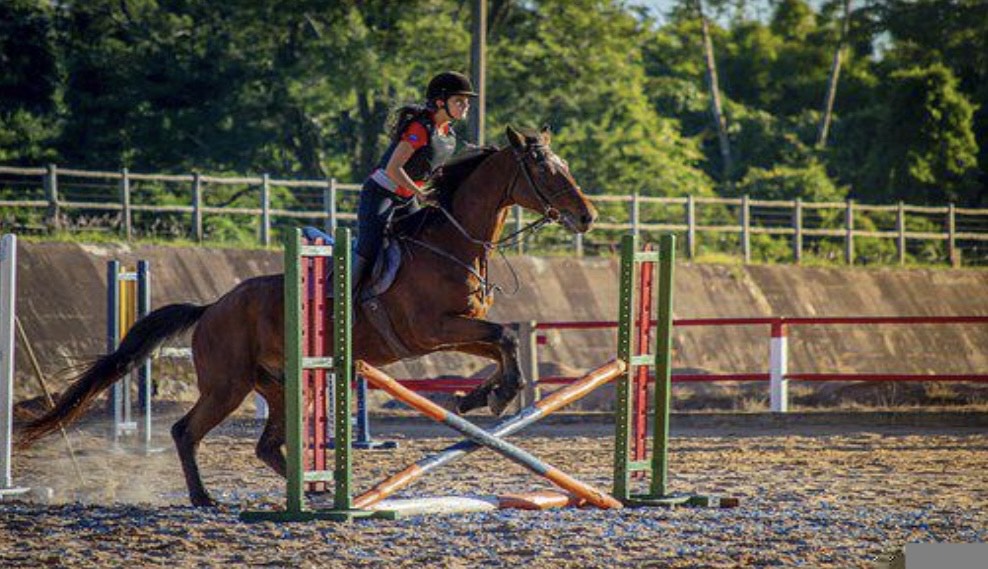
Riding is a sport, which means it is physically demanding and may be enjoyed by people of all ability levels. One of the many beautiful aspects of it is that. Horses are wonderful creatures–no dispute from the Horse Rookie team–but they are also tall, hefty, and terrified of things like plastic bags.
Riding a horse might appear to be a difficult task, and there is a lot that goes into riding correctly. Riders of all ages may become competent equestrians by breaking down each aspect into little stages.
Let us discuss some amazing and important tips for new riders that can help them achieve pro riding goals:
Table of Contents
1. Wear Right Attire

Wear pants and boots if you’re going Western riding. Dressing appropriately will guarantee that you are both safe and comfortable while riding. A first-time rider should also consider wearing a safety helmet. Obtain a loan from a riding facility or purchase a high-quality riding helmet. Don’t worry about appearing silly with a helmet; experienced riders understand the value of safety.
Check out here best tall riding boots and it is a must-buy item to have a professional experience while riding.
2. Proper Posture

Relax and maintain appropriate posture when riding. Keep your ear, shoulder, and heels aligned when you sit up straight. Maintaining your posture while riding will assist you in remaining balanced in the saddle. Also, don’t forget to unwind. This is significant for two reasons: first, your horse will sense your ease and will become more relaxed as a result. Second, you and your companion will be more relaxed throughout the journey.
Selecting the appropriate gear is crucial not only for your own posture and a relaxed riding experience but also for the well-being of your horse. Ensuring their comfort should be your top priority, and this begins with choosing the right saddles tailored to each specific purpose of your horse training. To enhance safety and address issues related to perspiration, you may consider complementing your saddles with LeMieux numnahs, which provide additional protection and moisture absorption. Furthermore, opting for high-quality bridles, hoof covers, and other essential equipment can greatly benefit both you and your horse in various ways.
3. Start Small

Walking is fine since increasing pace necessitates a high degree of horsemanship. Before progressing to the next gait, learn how to walk your horse. This will make you safe as well as on the correct track to developing horsemanship abilities.
4. Stay Calm

Take things slowly and confidently while riding and off the horse. If your horse senses your lack of confidence, he or she may try to take command. This does not imply that you should drag your horse about everywhere; instead, have faith in your abilities to convince your horse to perform what you want with minimum effort.
5. Hire a Trainer

Find a horse-savvy buddy, a trainer, or a mentor. It will be easier to enjoy your first riding experience if you have someone competent to assist you along the way. These people can also assist you to learn everything you require to know about Western riding if you plan on riding more than once.
6. Learn to Mount

When riding a horse, the first thing you should do is complete some groundwork. You should not have to do a lot of labor to exhaust your horse; all you need to do is a little groundwork. The next thing you’ll want to do is properly mount your horse! Many people are afraid of mounting a horse, yet it may be enjoyable and simple if you remain cool. If you’re a newbie, go with a well-trained horse. Younger or inadequately trained horses may stretch and move when being mounted. Select older horses are known for being relaxed and obedient during rides.
7. Leg Position

Once you feel securely balanced, get your legs into the proper position. This can be particularly difficult for beginning riders so take time to make sure your legs are positioned properly. Keep your heels right under your hips.
Your legs should be turned inward. Many beginning riders have their legs turned outward, as this can feel more natural, with their knees sticking out. Remember, you’re sort of hugging the horse with your legs. You shouldn’t squeeze the horse too tightly, but have your legs curved inwards towards the horse.
8. Hold the Rein

Make sure you’re gripping the reins properly after your legs are in the proper posture. Whether you’re riding English or Western, the way you hold the reins is different. To do it the English way, create a fist and then slide the reins through it with the loop facing upward. After that, take both pinky fingers out of your hand and place them on the outside of the reins. Secure the reins by placing your thumbs on top of them. The reins do not create a loop in Western. The reins on a western bridle are knotted at the top. Keep the reins slack and held in two fists at all times.
Takeaway
Make riding objectives. Goals motivate you to bike with a purpose and help you improve. Long-term or short-term objectives are possible. Set riding objectives that are appropriate for your skill level and confidence.
